Do you have a question about the Tecnam P2010 2015 and is the answer not in the manual?
Provides an overview of the manual's purpose and scope.
Details the aircraft's approval by aviation authorities and relevant regulations.
Defines the meaning of safety alerts and important information indicators used in the manual.
Introduces operating limitations, instrument markings, and placards for safe aircraft operation.
Lists critical airspeeds and their operational significance for safe flight.
Explains the color-coded markings on the airspeed indicator and their meaning.
Reports the operating limitations for the installed engine, including power, temperatures, and pressures.
Specifies fuel capacity, usable fuel, and approved fuel types for the aircraft.
Recommends specific oil grades for various ambient temperatures.
Details paint requirements for the composite structure to manage temperature limits.
Provides manufacturer, model, type, and diameter of the installed propeller.
States the maximum altitude the aircraft is approved to operate at.
Specifies the operational ambient temperature range and prohibits flight in icing conditions.
Shows powerplant instrument markings and their color code significance.
Details markings and color codes for instruments other than powerplant.
Lists maximum takeoff, landing, and baggage weights for the aircraft.
Defines the datum, leveling procedure, and forward/aft CG limits for the aircraft.
Specifies the minimum crew and maximum seating configuration for the aircraft.
Describes the categories of maneuvers approved for the aircraft based on its certification.
Lists the positive and negative maneuver load factor limits, with and without flaps.
Details the equipment required for VFR Day/Night and IFR Day/Night flight operations.
Highlights placards related to operating limitations placed in plain view on the pilot's instrument panel.
Outlines specific operating limitations when the Garmin GFC700 Autopilot is installed and used.
Covers the general GNSS navigation equipment approvals and PBN eligibility for operations.
Introduces checklists and procedures for coping with various emergency conditions.
Explains failure indications on the Garmin G1000 annunciator window and their color codes.
Details failures within the G1000 system, including loss of displayed information.
Provides the procedure for shutting down the engine in flight.
Outlines the procedure for evacuating the aircraft with the engine secured and propeller stopped.
Covers procedures for engine failure during takeoff run and after takeoff.
Provides procedures for restarting the engine in flight, including propeller windmill.
Details procedures for engine fires on ground/takeoff/flight and cabin smoke.
Describes the procedure for recovering from an unintentional spin.
Covers various other emergencies including electrical system failures and static port issues.
Details procedures for forced landings without engine power and with power.
Outlines emergency procedures related to autopilot malfunctions like hardover or failure to hold heading.
Provides additional information for understanding emergency actions related to autopilot and trim malfunctions.
Describes checklists and recommended procedures for normal operations of the P2010 aircraft.
Covers IFR flight training prerequisites and incremental exposure to the Garmin G1000 avionics suite.
Lists significant airspeeds for normal aircraft operations, including takeoff, climb, and approach.
Details the procedure for a complete aircraft check before each flight, including cabin and external inspection.
Provides checklists for pre-starting engine, engine starting, taxiing, takeoff, climb, cruise, descent, landing, and shutdown.
Details autopilot selections, behavior, display, and pre-flight checks for normal operation.
Explains various autopilot modes like HDG, VS, VPTH, ALTV, and Approach Modes.
Describes abnormal procedures for autopilot system loss, including GPS navigation and RAIM availability.
Provides guidance for RNAV GPS operations, including pre-flight planning, departure, and arrival procedures.
Introduces the section providing necessary data for flight planning from takeoff to landing.
Explains how performance data is presented in tables/graphs and its use for mission planning.
Shows calibrated airspeed as a function of indicated airspeed, including flap settings.
Presents a diagram illustrating the ICAO Standard Atmosphere conditions.
Lists stall speeds based on weight, bank angle, and flap configuration.
Provides a chart and example for calculating crosswind components based on wind direction and speed.
Details takeoff distances based on pressure altitude, temperature, and runway conditions.
Provides climb rates based on weight, pressure altitude, temperature, and airspeed.
Lists en-route climb rates based on weight, pressure altitude, temperature, and airspeed.
Presents cruise performance data including MAP, PWR, TAS, and Fuel Consumption at various altitudes and temperatures.
Details landing distances based on pressure altitude, temperature, and runway conditions.
Provides steady gradient of climb data for balked landing scenarios.
States the noise level determined for the aircraft according to ICAO standards.
Describes procedures for establishing empty weight, moment, and loading information.
Outlines the steps for weighing the aircraft, including preparation, leveling, and the weighing process.
Presents an example of C.G. calculation and useful load details.
Details baggage loading procedures in the dedicated compartment, including tie-down and securing methods.
Lists equipment that may be installed in the P2010, noting items included in the Basic Empty Weight.
Provides a description and operation overview of the aircraft and its systems.
Divides the airframe into main groups: Wing, Fuselage, Empennage, and Landing Gear.
Describes the operation of flight controls, including stick, rudder pedals, trim tabs, flaps, and rudder trimming.
Details the layout of the instrument panel, divided into three areas: left, central, and right.
Describes the three-point safety belts and seat adjustment features for crew and passenger comfort.
Details the three doors of the P2010, including main, secondary emergency exits, and baggage compartment access.
Provides details on the engine and propeller, including type, specifications, and oil consumption.
Describes the fuel system design, including tank capacity, filler caps, and fuel selector operation.
Explains the primary and secondary DC power sources, alternator, battery, and circuit protection.
Describes the stall warning system, its sensor location, and connection to a warning horn.
Details the avionics system based on the Garmin G1000 suite, including PFD, MFD, and reversionary mode.
Explains the use of an external power source for engine start-up and its connection to the aircraft.
Describes the pitot-static system components and their connection to indicating instruments.
Details the aircraft's external lights, including NAV, POS, Strobe, Landing, and Taxi lights.
Lists external placards such as aircraft registration, power socket, and baggage compartment labels.
Describes internal placards related to safety equipment like ELT, breaker panels, and magnetic compass.
Covers factory-recommended procedures for proper ground handling, routine care, and servicing.
Details scheduled and unscheduled inspection intervals based on the Aircraft Maintenance Manual.
Specifies that aircraft changes or repairs must follow the Aircraft Maintenance Manual and Job cards.
Covers maintenance procedures including refuelling and engine/brakes oil level checks.
Details the procedure for checking the upper and lower engine cowlings, including unlatching and removal.
Covers aircraft ground handling procedures, including towing and parking/tie-down.
Outlines procedures for cleaning aircraft surfaces, windows, propeller, engine, and interior.
Specifies that anti-icing products are not allowed for ice removal.
Contains supplemental information for operating the aircraft with specific avionics and propeller configurations.
Lists supplements applicable to the aircraft, including their revision status and title.
| Manufacturer | Tecnam |
|---|---|
| Model | P2010 |
| Year | 2015 |
| Engine | Lycoming IO-360-M1A |
| Horsepower | 180 hp |
| Seating Capacity | 4 |
| Maximum Takeoff Weight | 2, 557 lbs |
| Fuel Capacity | 63 gallons |
| Maximum Cruise Speed | 146 knots |
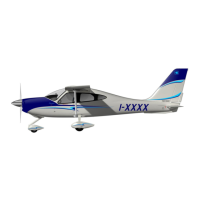

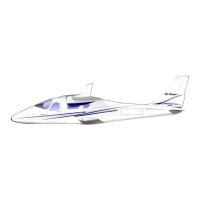
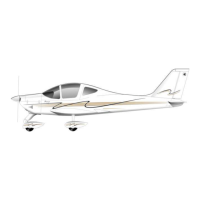
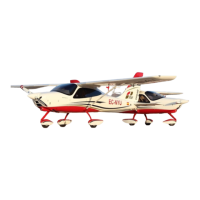
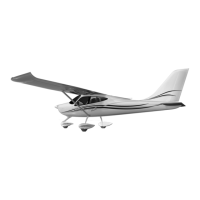

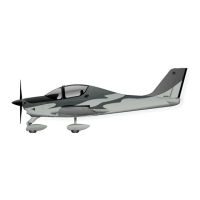

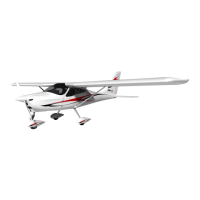
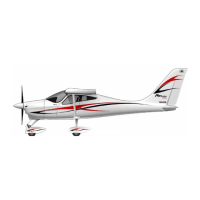
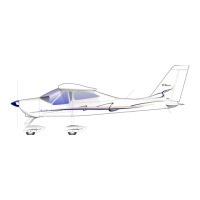
